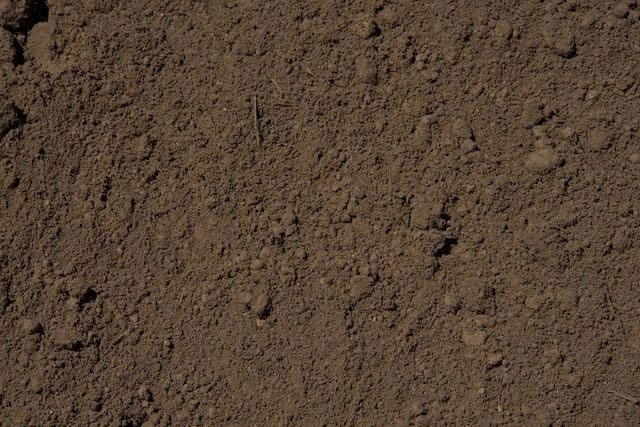Beneath our feet lies a complex and dynamic world that plays a crucial role in supporting life as we know it – the world of soil. Often overlooked, soil is a fascinating matrix of minerals, organic matter, water, air, and living organisms. While it might seem unremarkable at first glance, a deeper exploration into the composition of normal soil reveals a vibrant and intricate ecosystem that sustains plant growth, water filtration, and nutrient cycling. In this article, we also going to know can you use normal soil in an Aquarium.
Mineral Components: The Inorganic Backbone
The mineral components of soil are its inorganic backbone, providing the physical structure and essential nutrients for plants. These minerals originate from the weathering of rocks over millions of years. The primary mineral types in soil are sand, silt, and clay, each with distinct particle sizes and properties. Sand particles are large and provide good drainage but retain little water and nutrients. Silt particles are medium-sized and improve water retention, while clay particles are tiny and offer high nutrient-holding capacity. The combination of these particles determines soil texture and influences its fertility.
Organic Matter: The Heartbeat of Soil
Organic matter, comprised of decayed plant and animal material, is the heartbeat of soil. It enriches the soil with nutrients and enhances its water-holding capacity. As organic matter decomposes, it releases nutrients that are essential for plant growth. Additionally, organic matter acts as a binding agent, aggregating soil particles and improving its structure. Microorganisms like bacteria, fungi, and earthworms thrive in this organic-rich environment, breaking down complex compounds into simpler forms that plants can readily absorb.
Water and Air: The Balance of Life
The spaces between soil particles hold both water and air. Adequate water content is essential for plant hydration and nutrient uptake. The arrangement of soil particles affects water movement: sandy soils drain quickly, while clayey soils retain water, potentially leading to poor aeration. Air in the soil is crucial for root respiration and the survival of soil organisms. A well-structured soil strikes a balance between water retention and aeration, fostering healthy plant growth and microbial activity.
Living Organisms: Soil's Hidden Residents
Beneath the surface, a teeming community of living organisms thrives. From microscopic bacteria to larger creatures like nematodes and earthworms, these soil inhabitants contribute to nutrient cycling and soil health. Bacteria and fungi break down organic matter, releasing nutrients, while earthworms aerate the soil and create channels for water infiltration. This intricate web of life forms a symbiotic relationship with plants, as they exchange nutrients and support each other's growth.
pH and Nutrient Availability: The Chemical Puzzle
Soil pH, the measure of acidity or alkalinity, profoundly impacts nutrient availability. Most plants thrive in a slightly acidic to neutral pH range. Extreme pH levels can limit the availability of essential nutrients, affecting plant health. The soil's pH level also influences the activity of soil organisms and the breakdown of organic matter. Regular soil testing and appropriate amendments are necessary to maintain optimal pH levels for plant growth.
Conclusion
While soil might appear mundane, its composition is a testament to the intricate balance of nature. From mineral particles to organic matter and living organisms, every component plays a pivotal role in supporting the growth of plants and sustaining ecosystems. By understanding the composition of normal soil, we gain insights into the delicate interplay between the physical, chemical, and biological factors that make our planet's foundation thrive. So, the next time you stand on solid ground, remember that beneath your feet lies an intricate world waiting to be explored.


